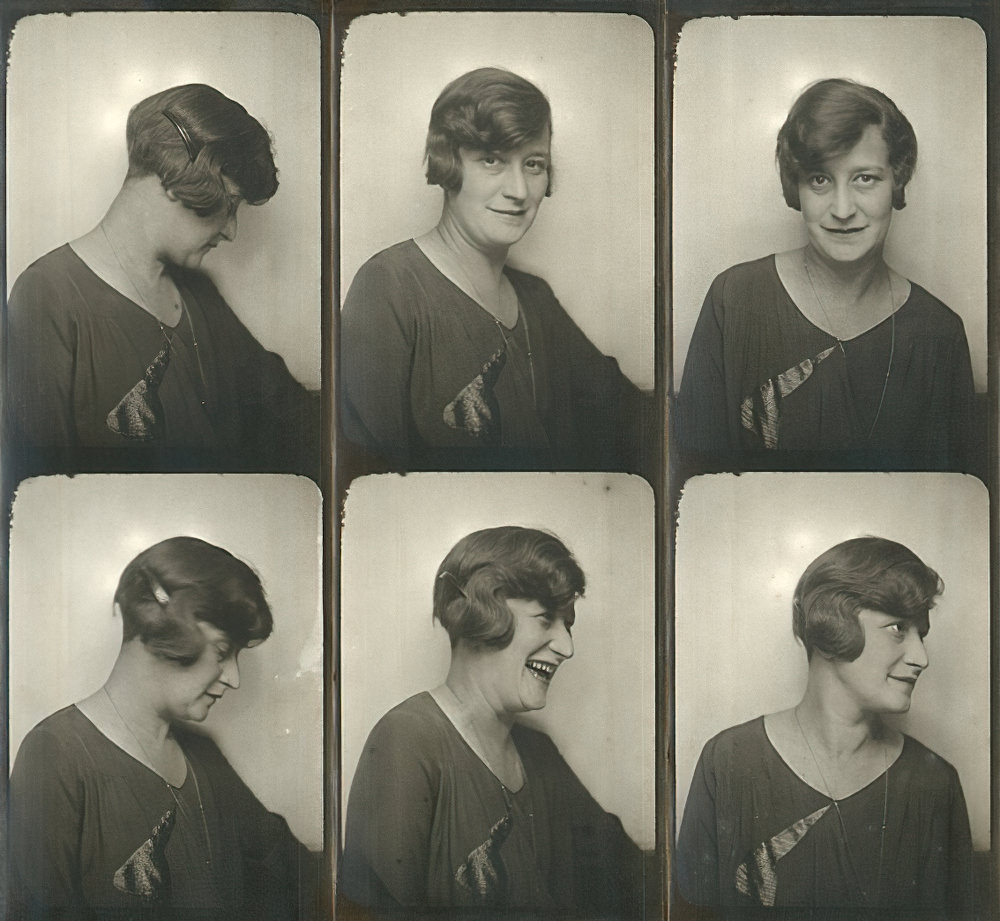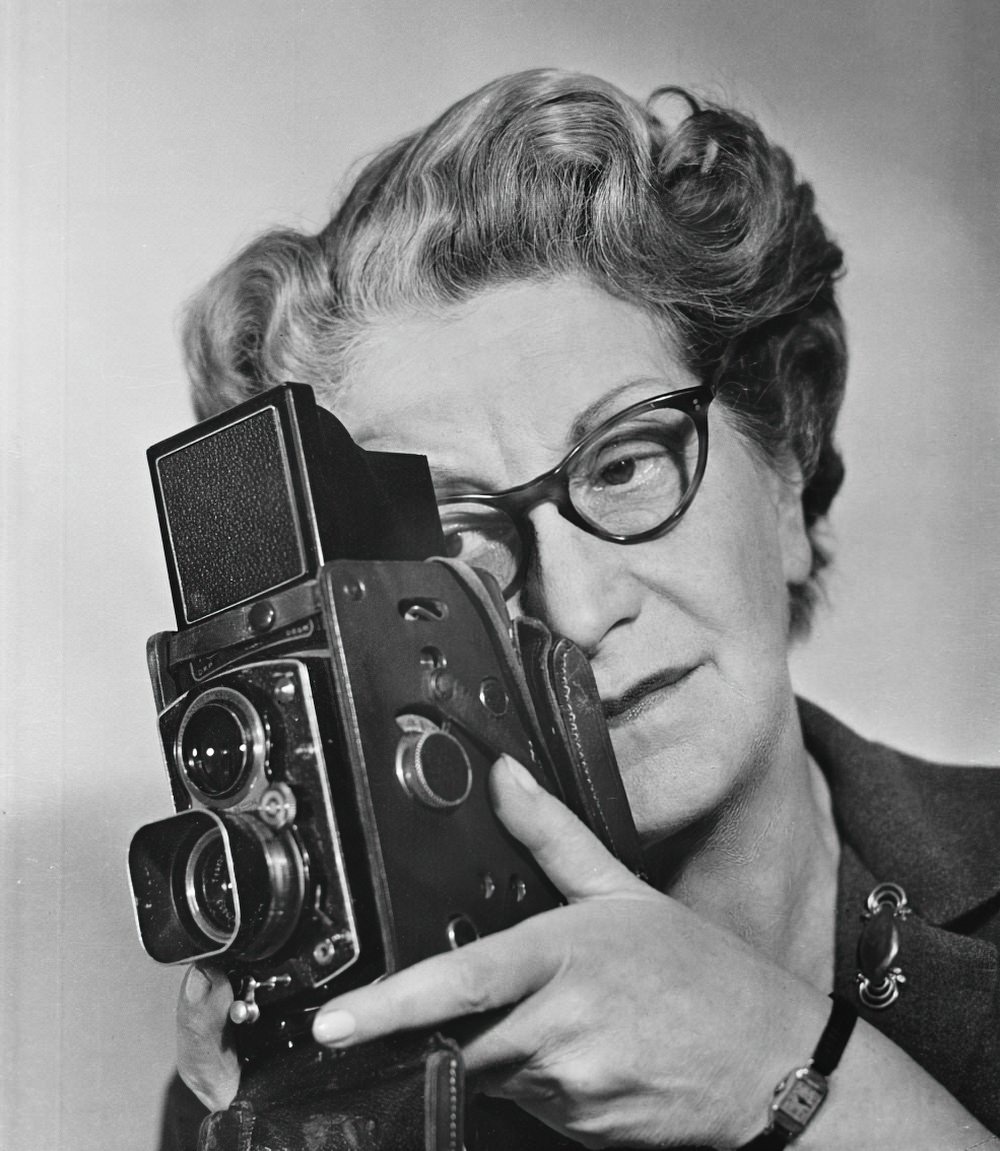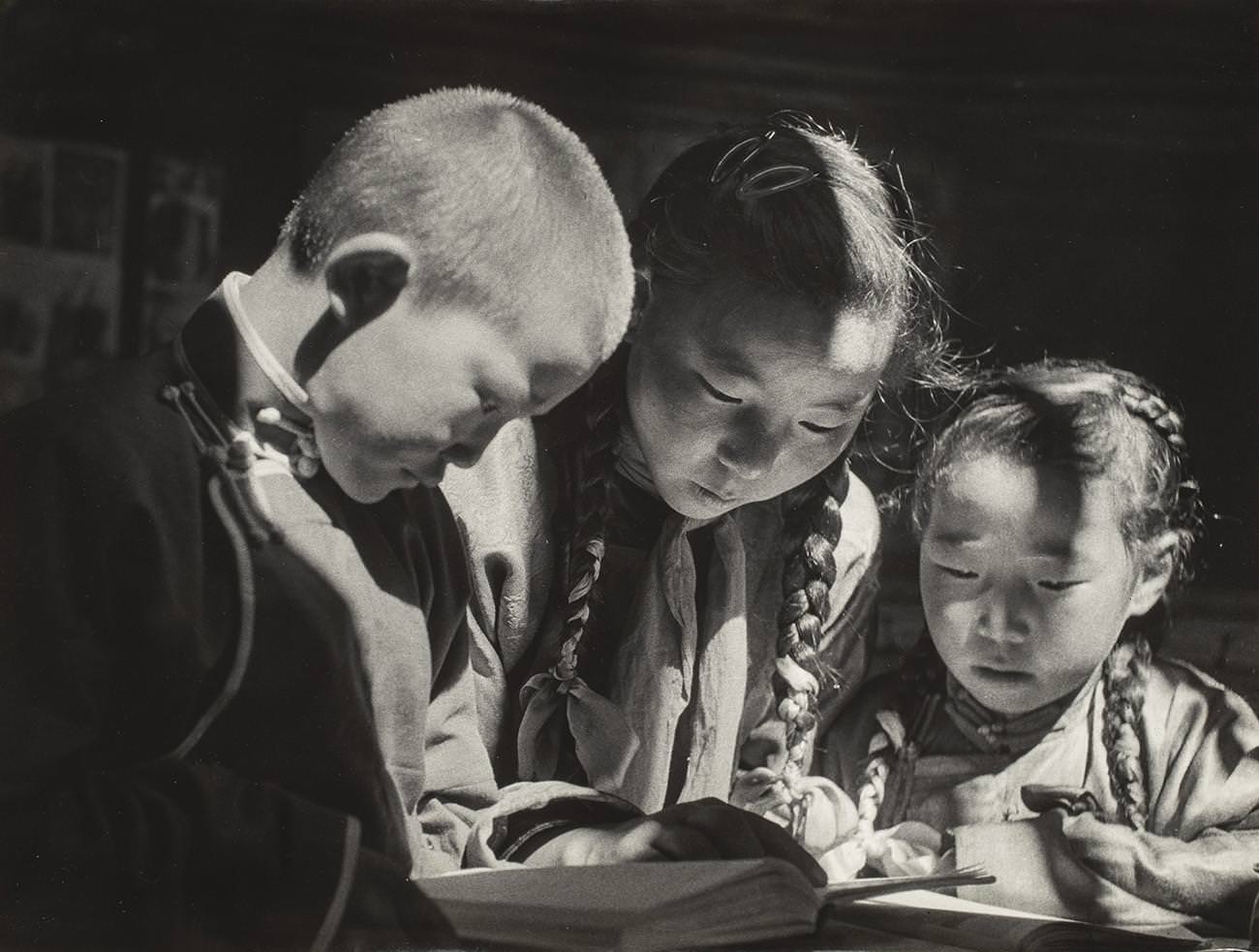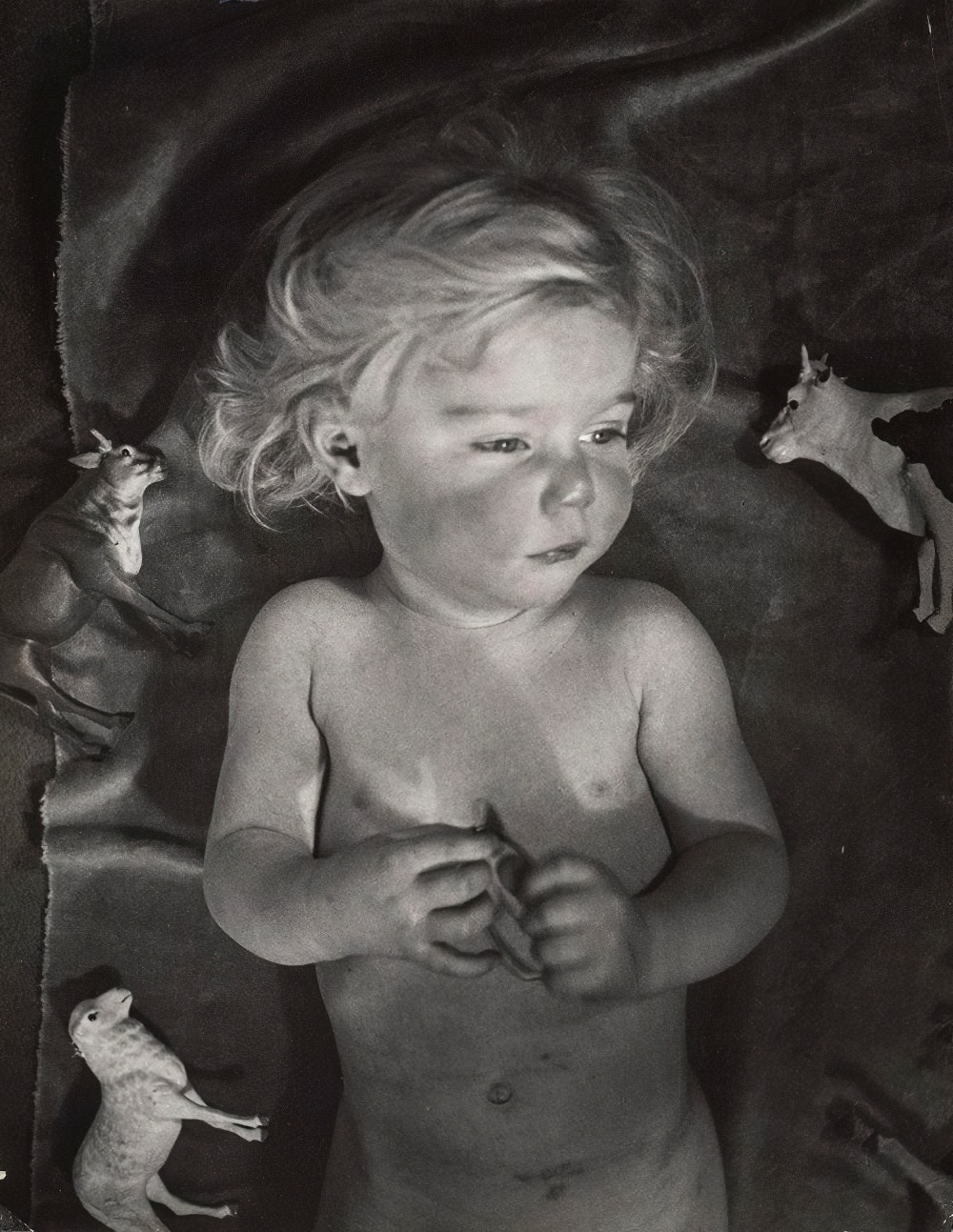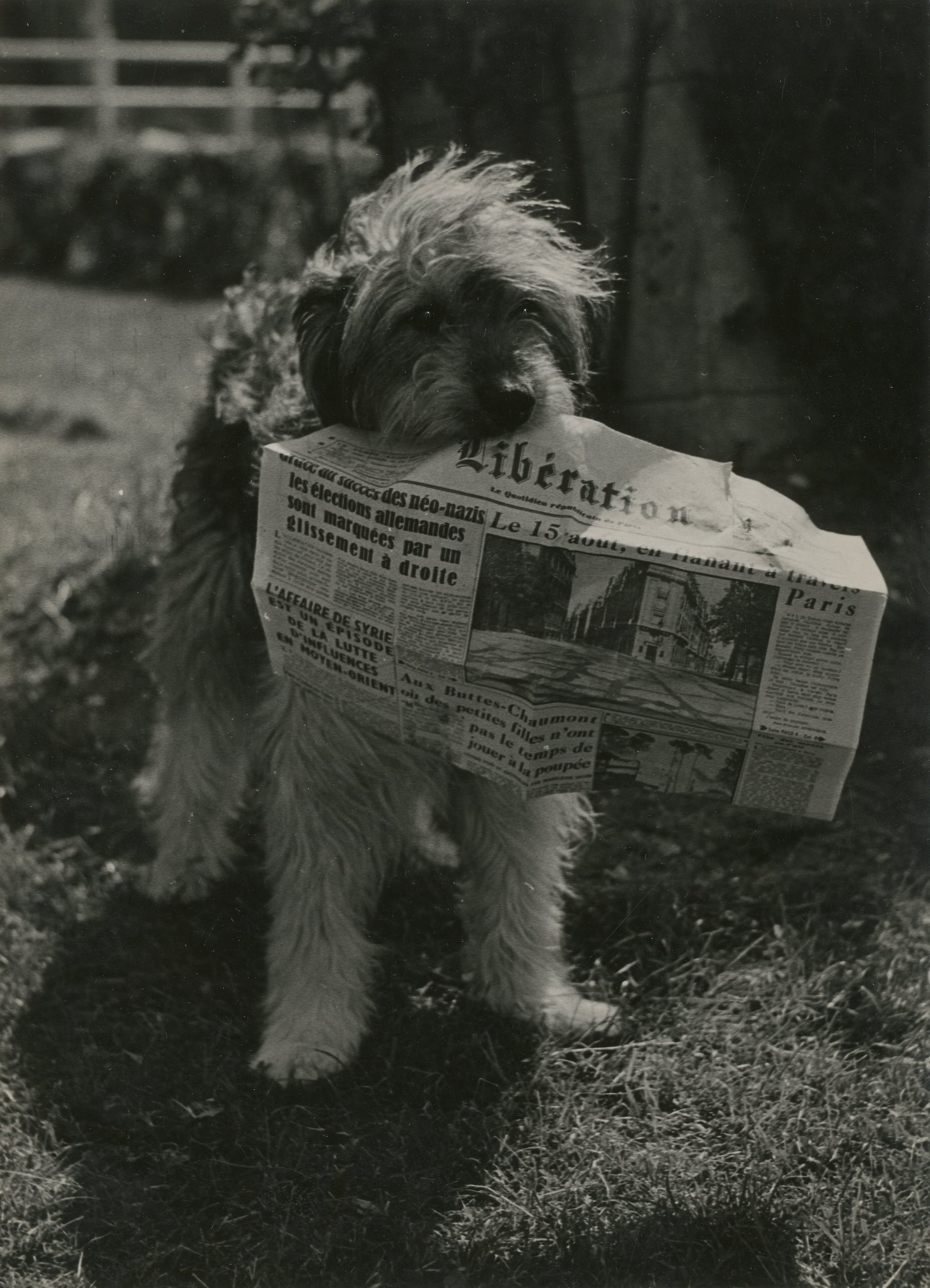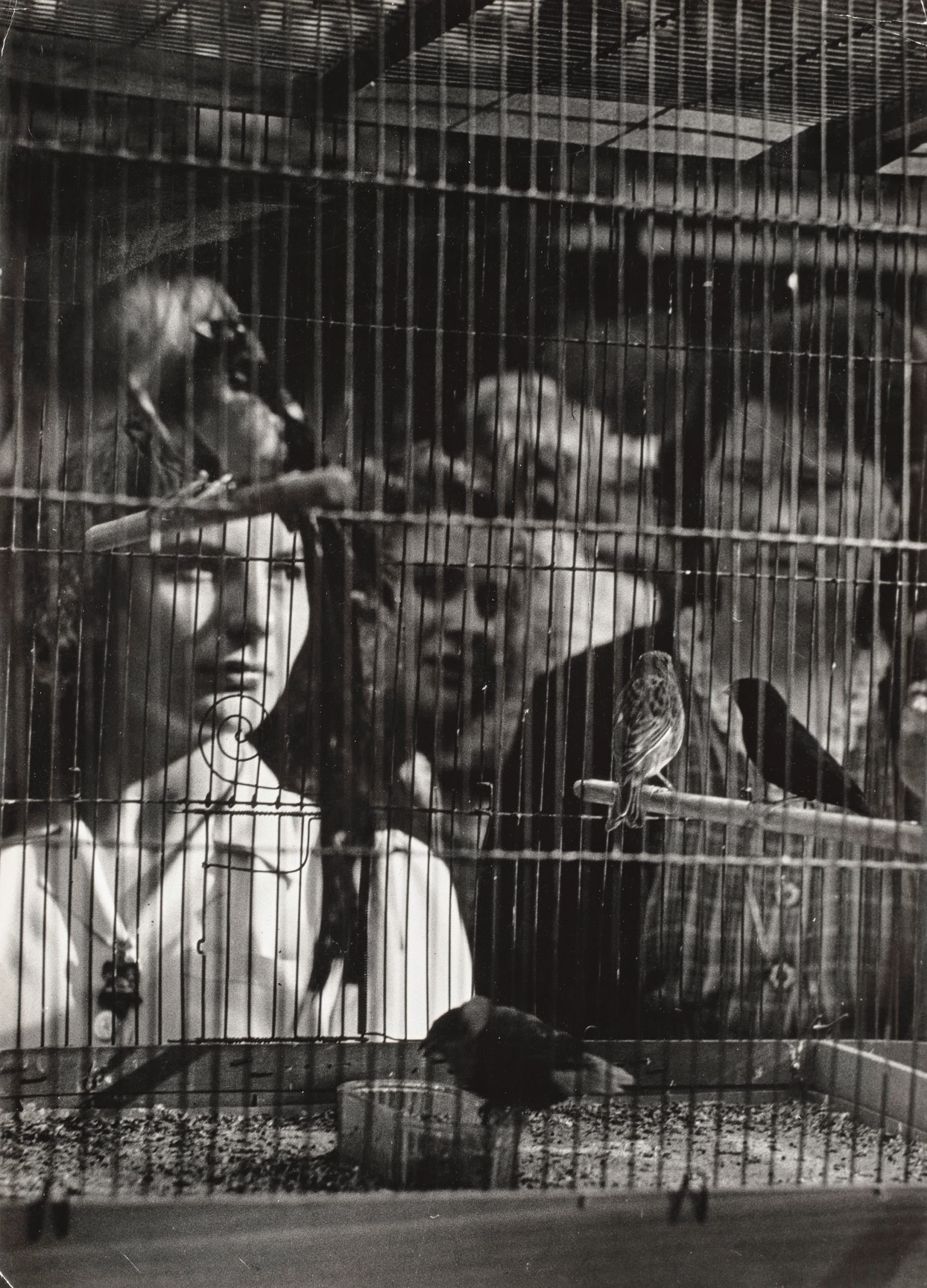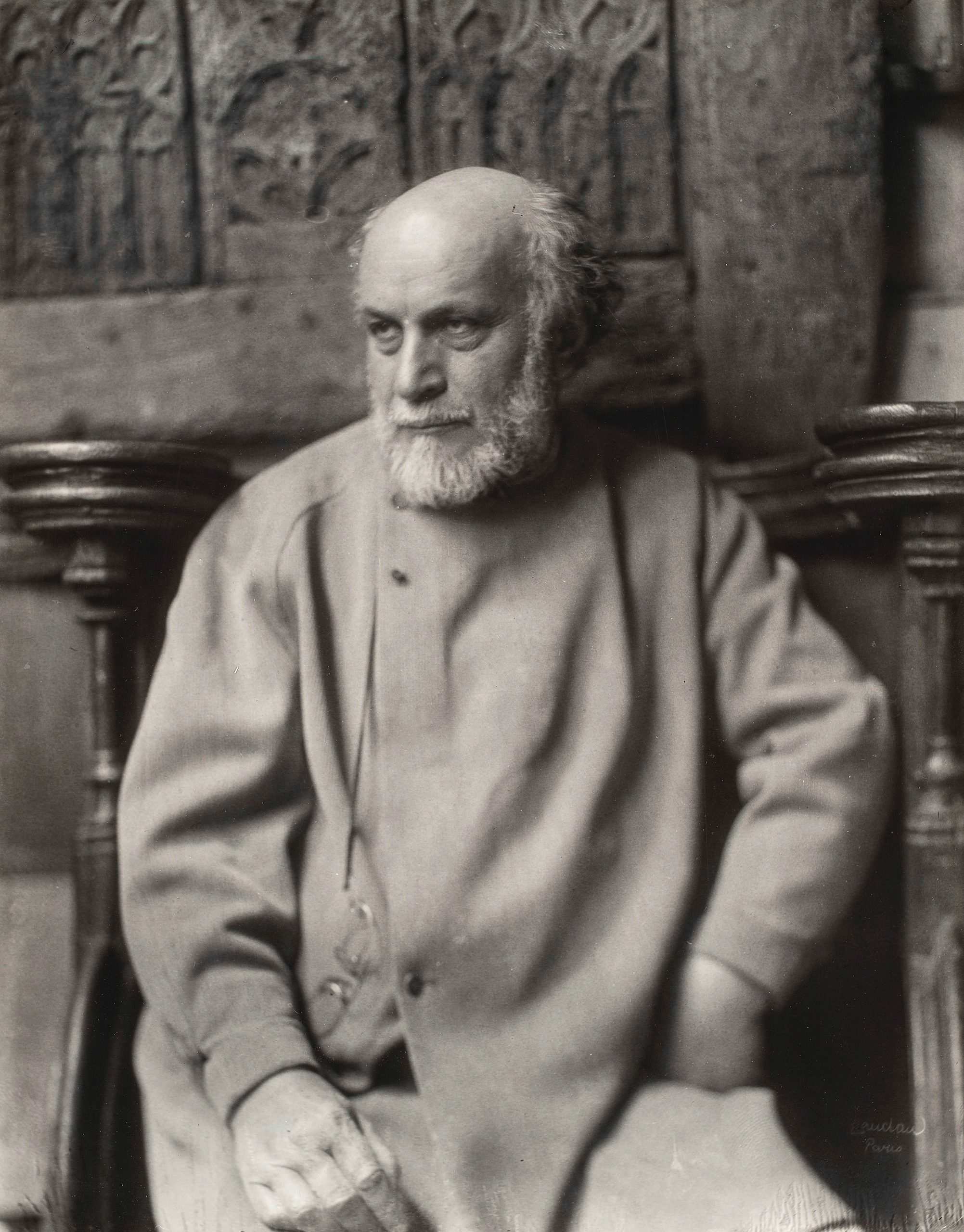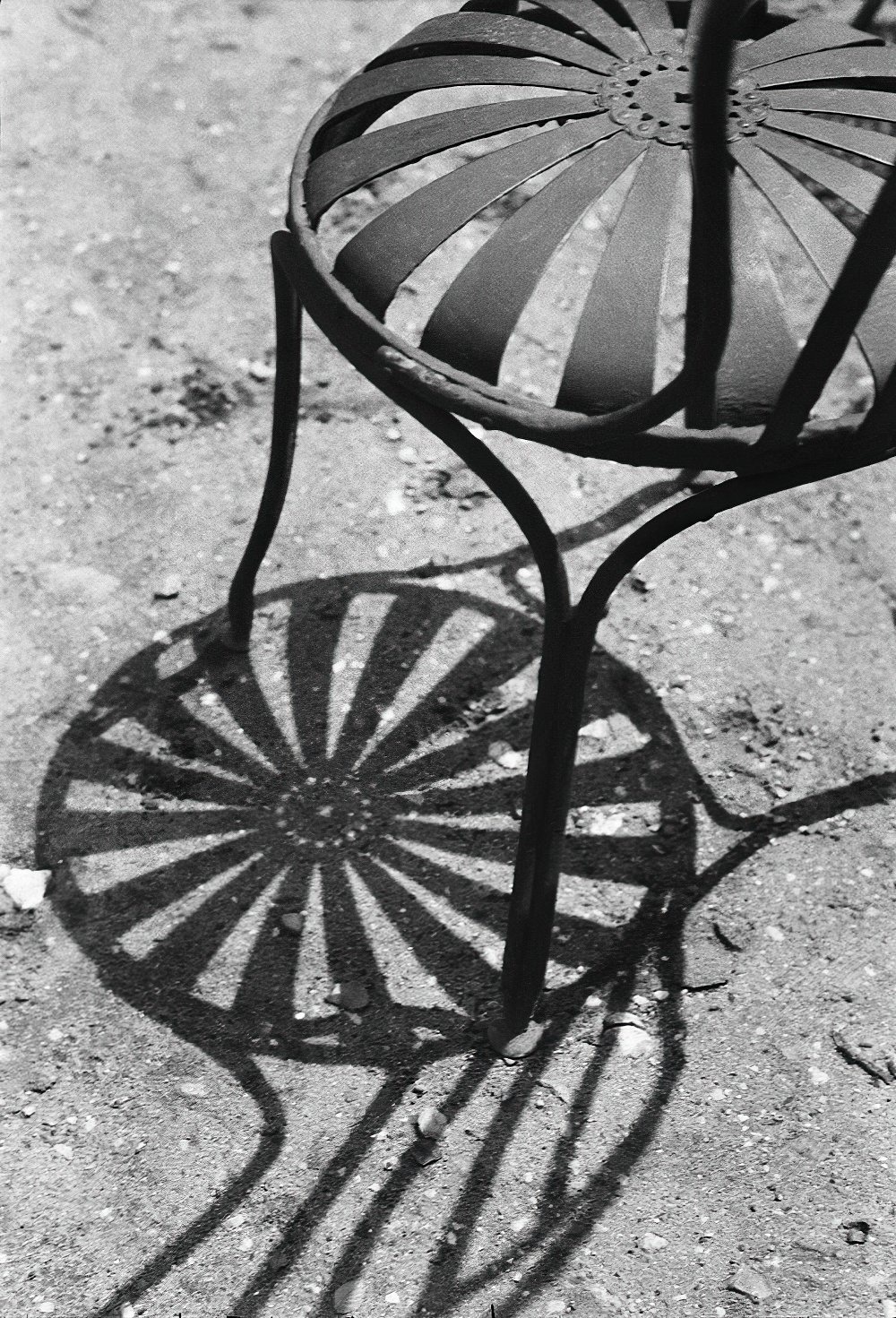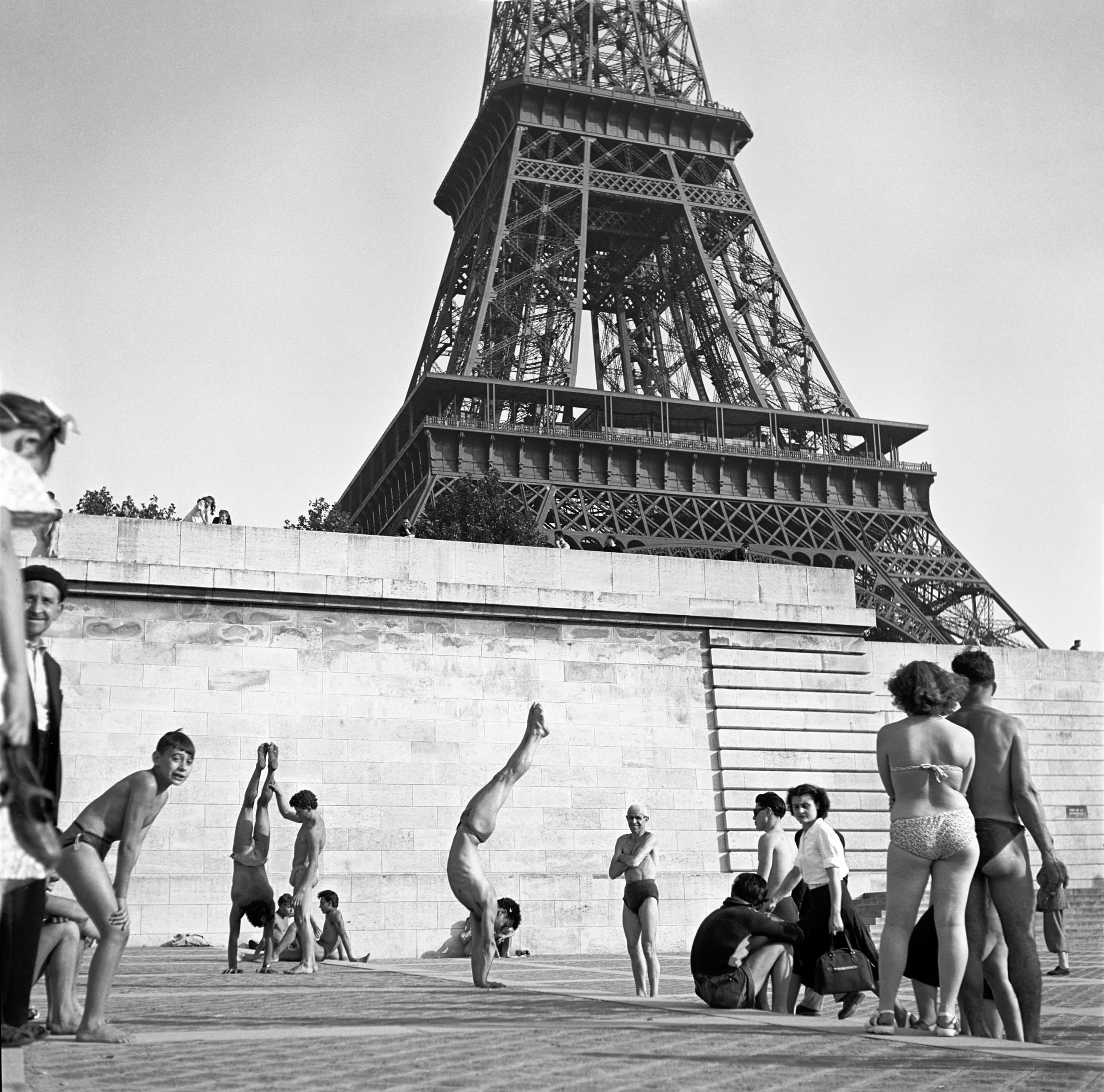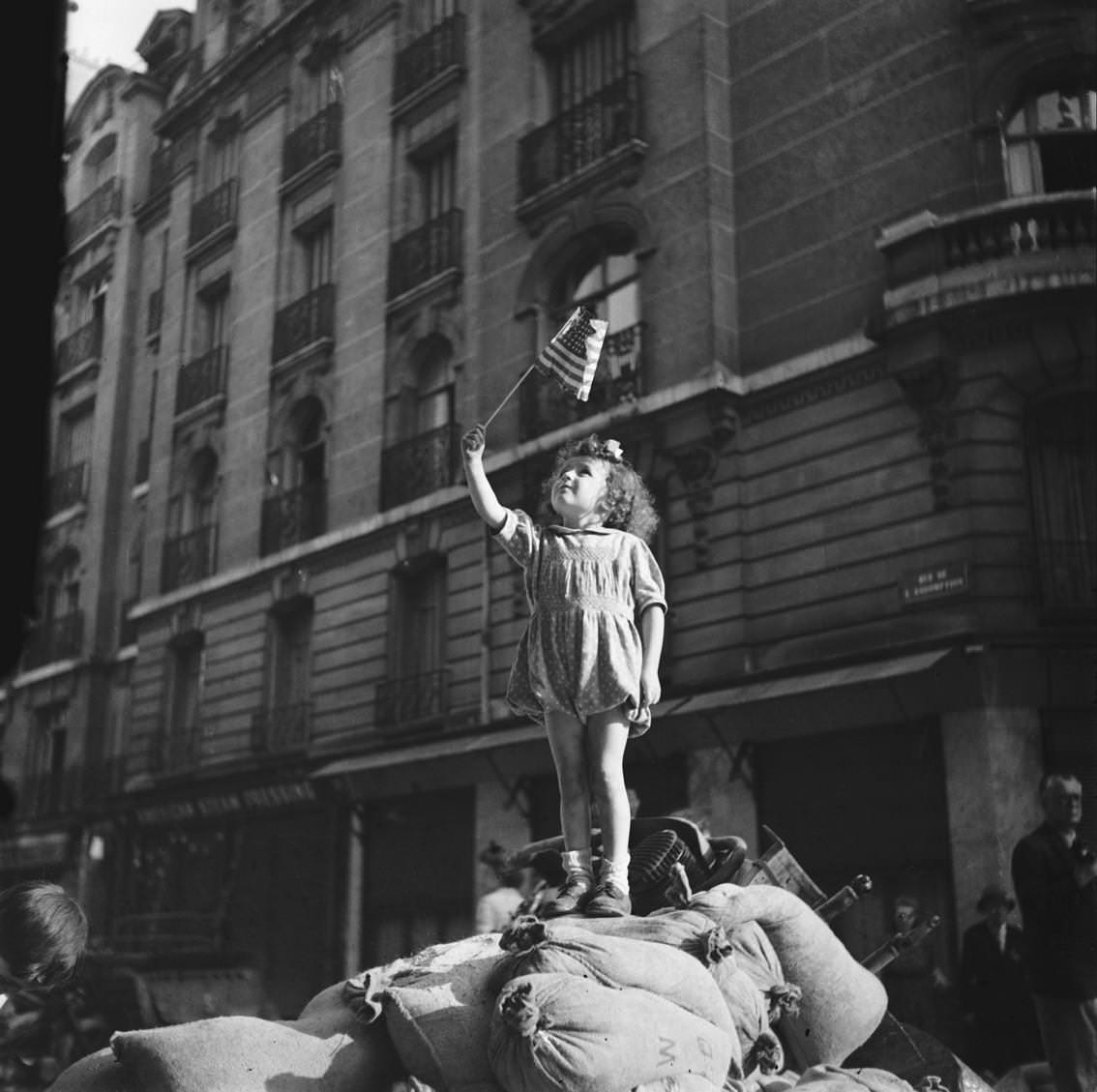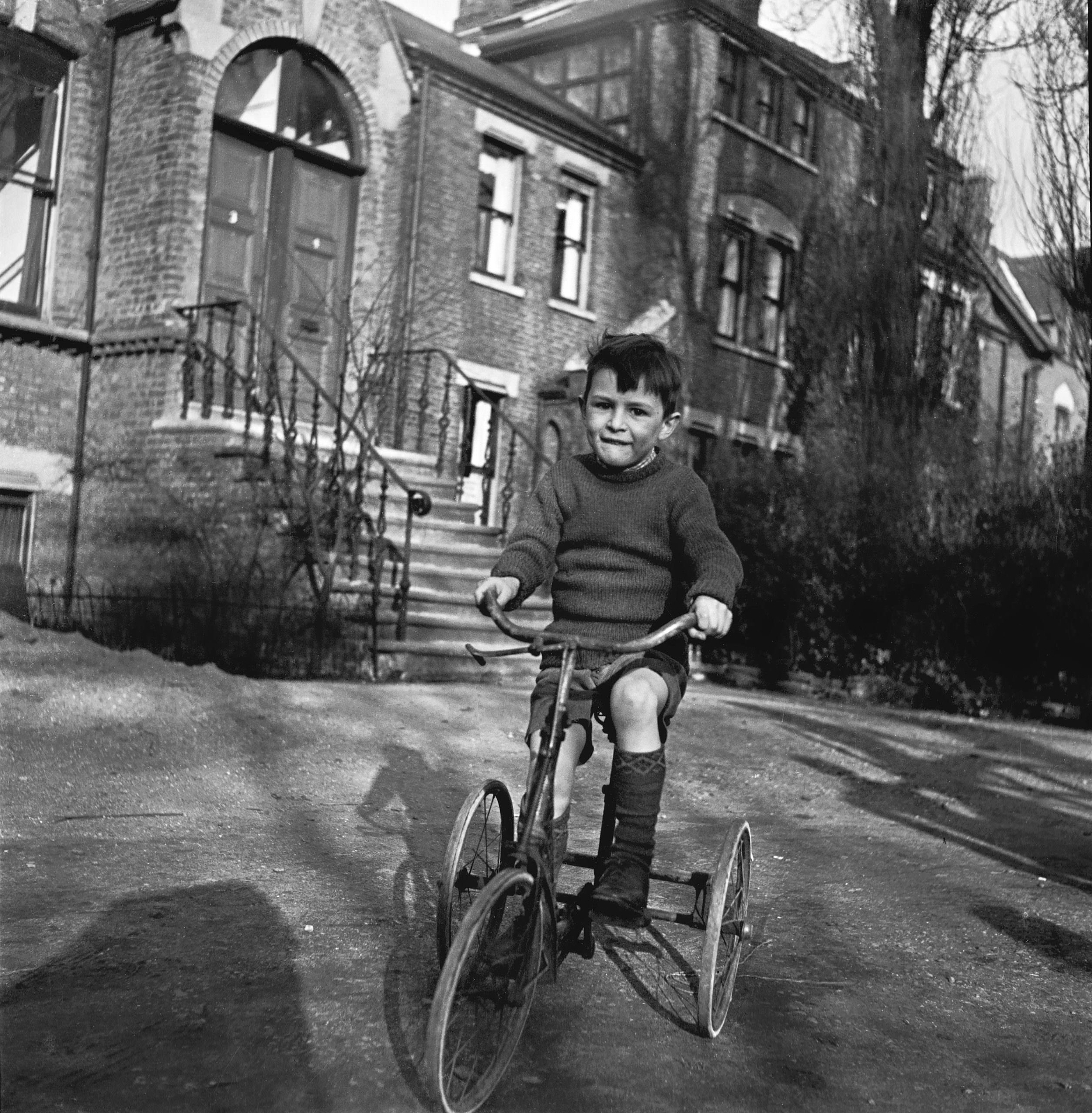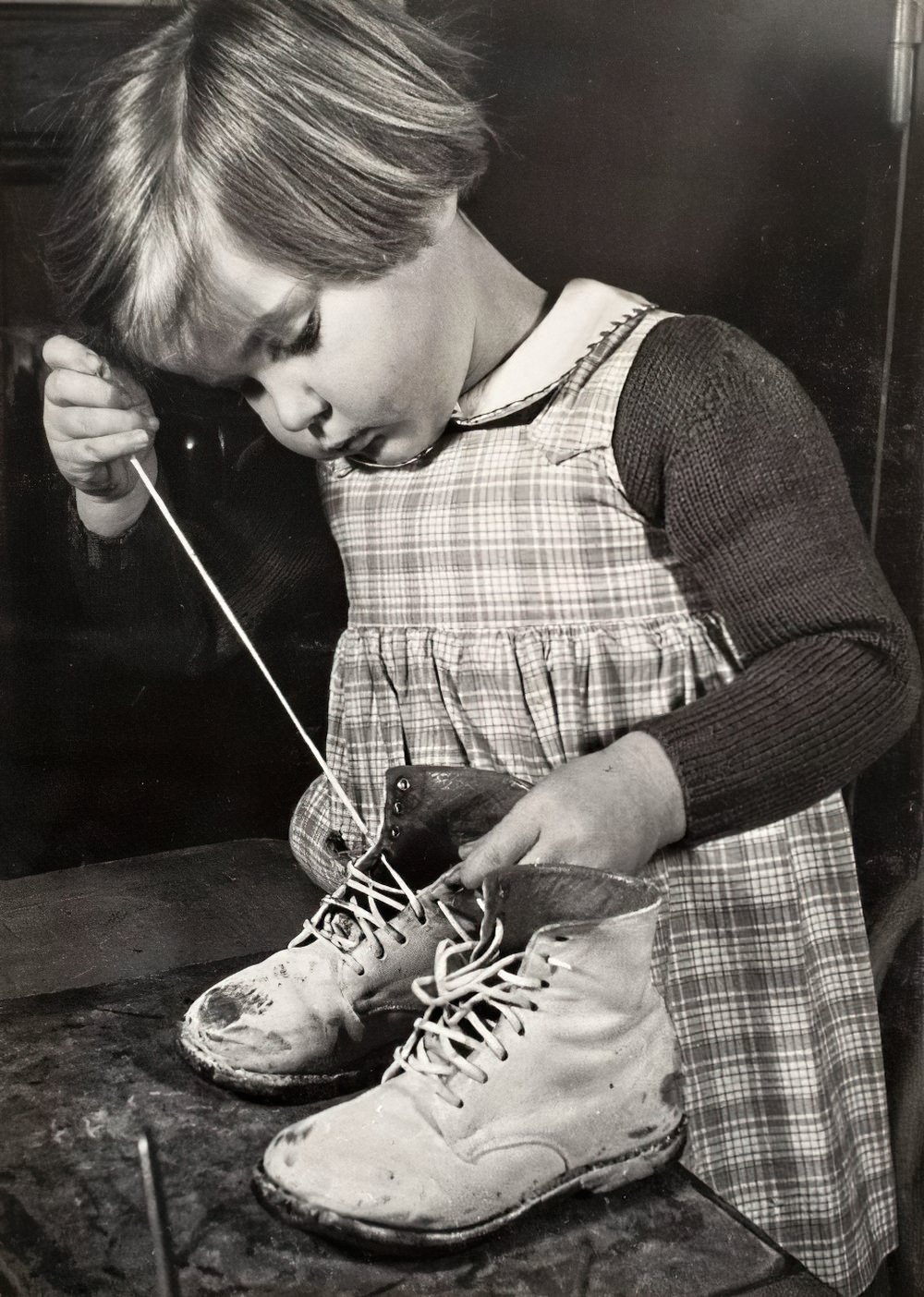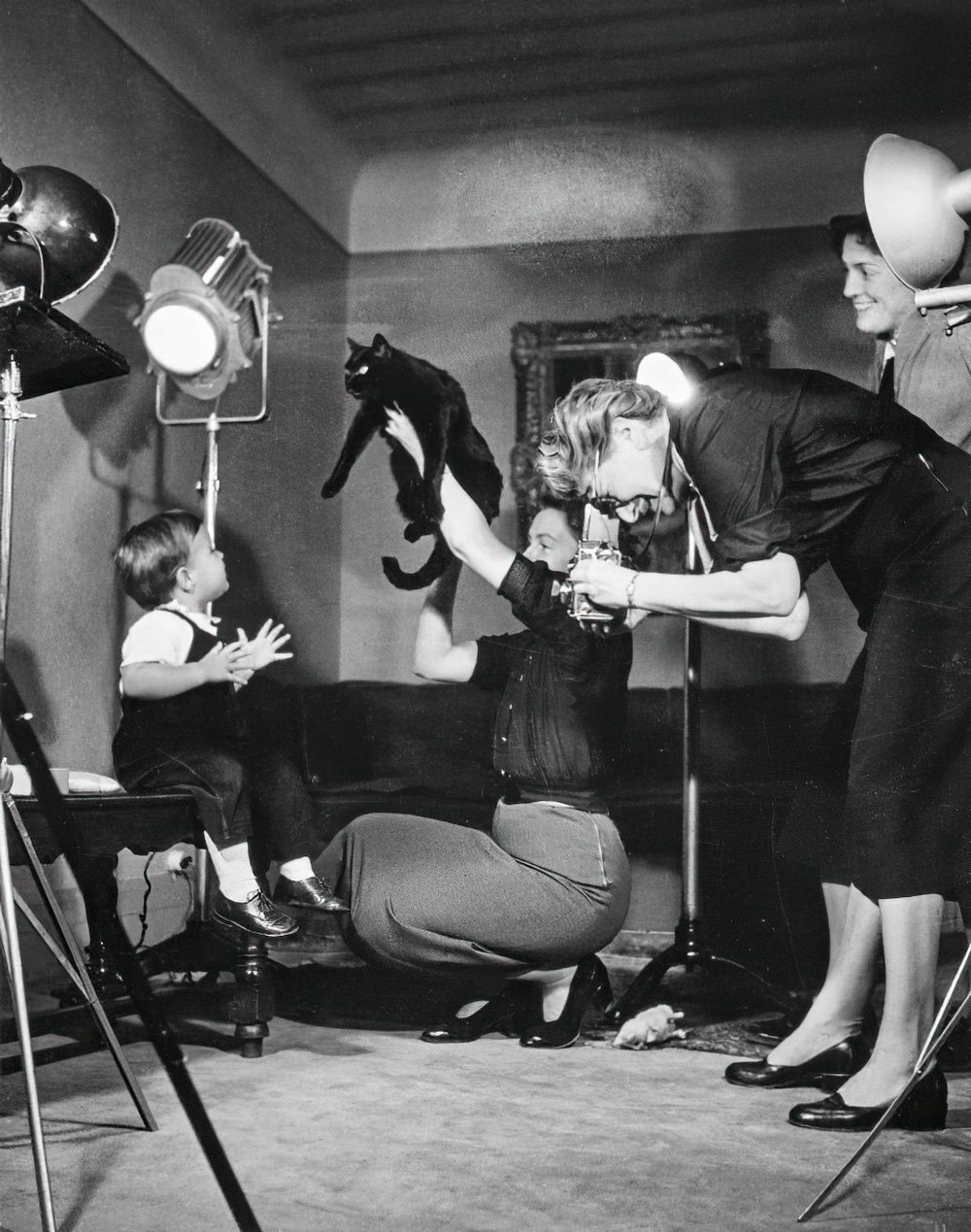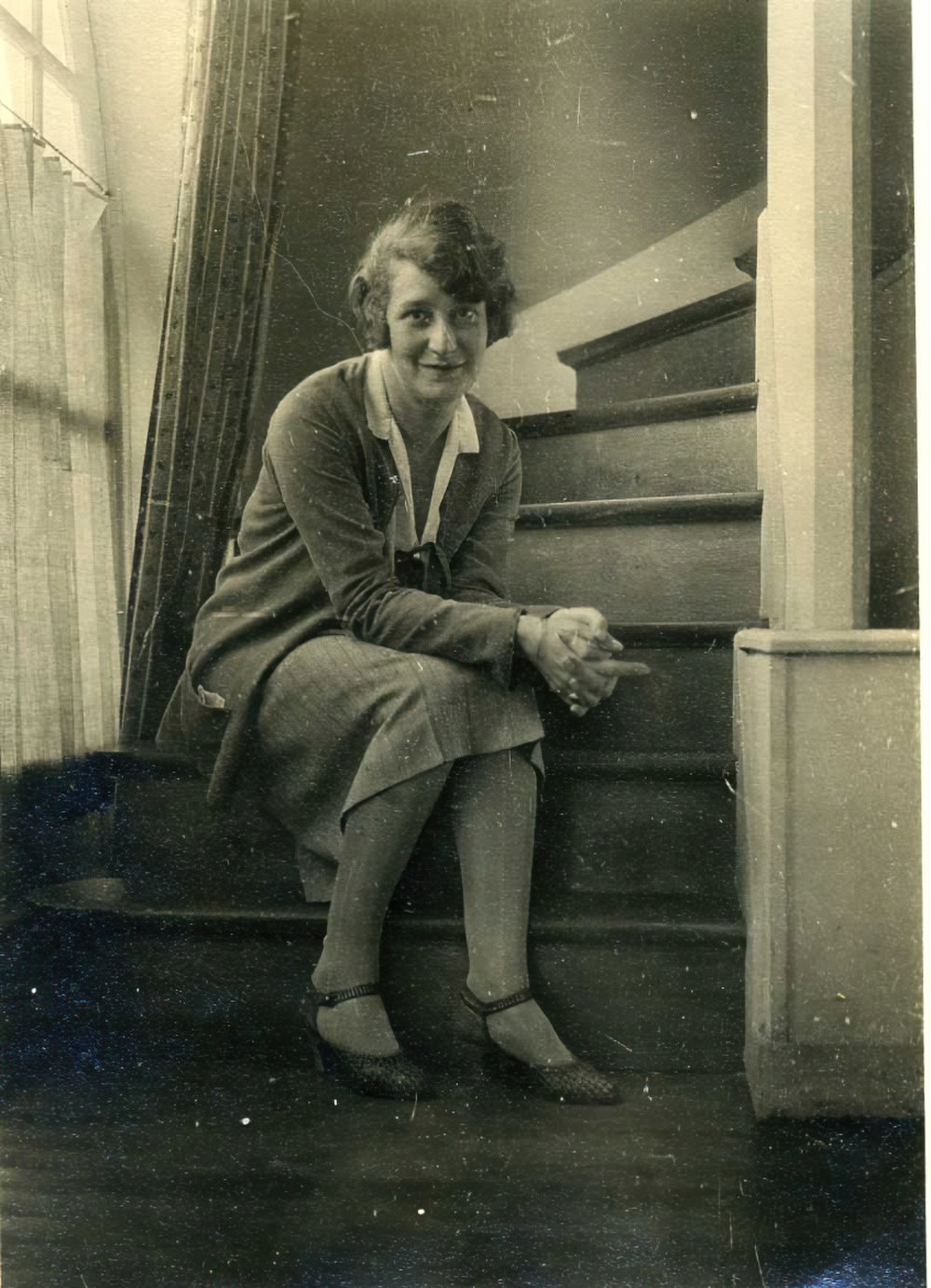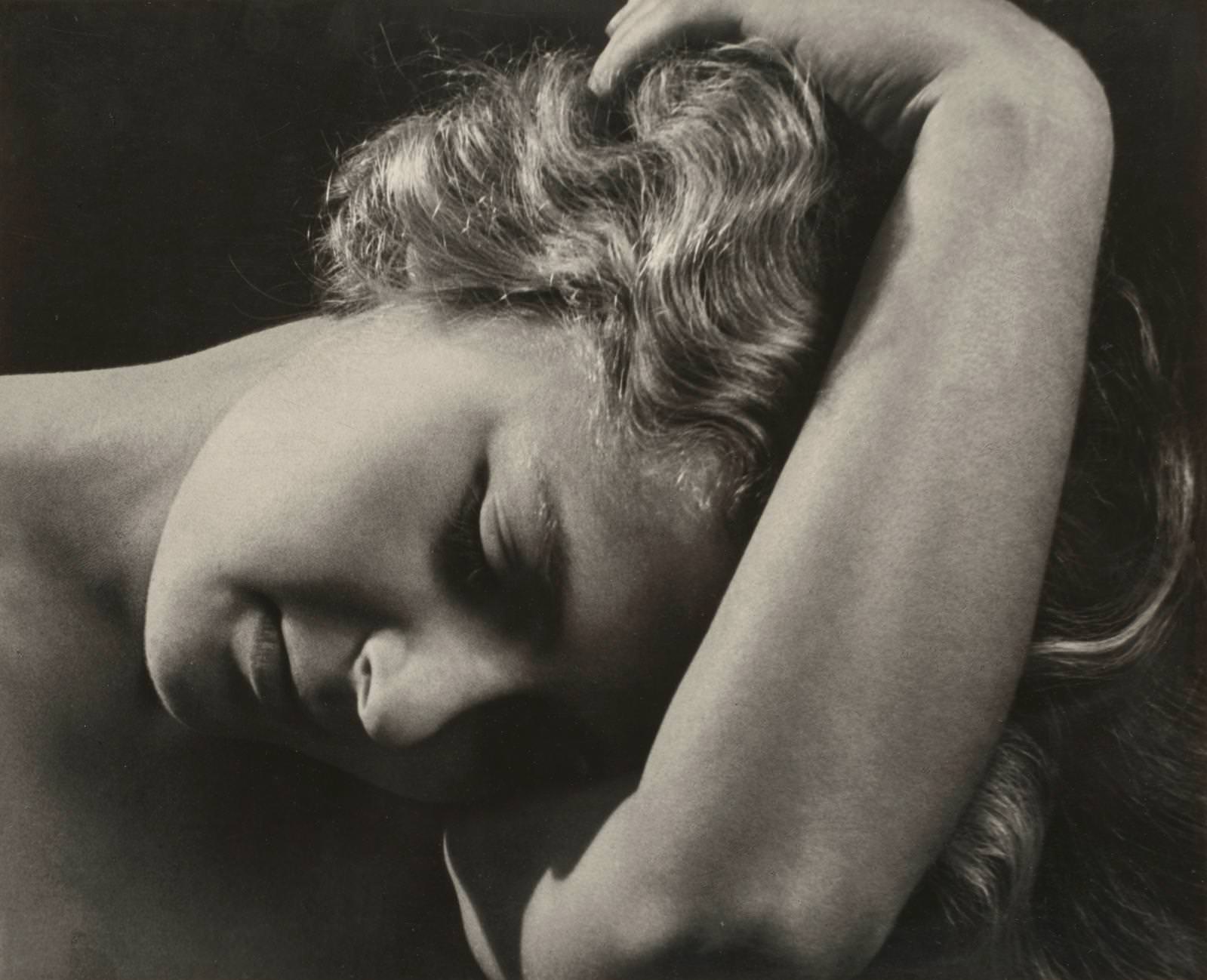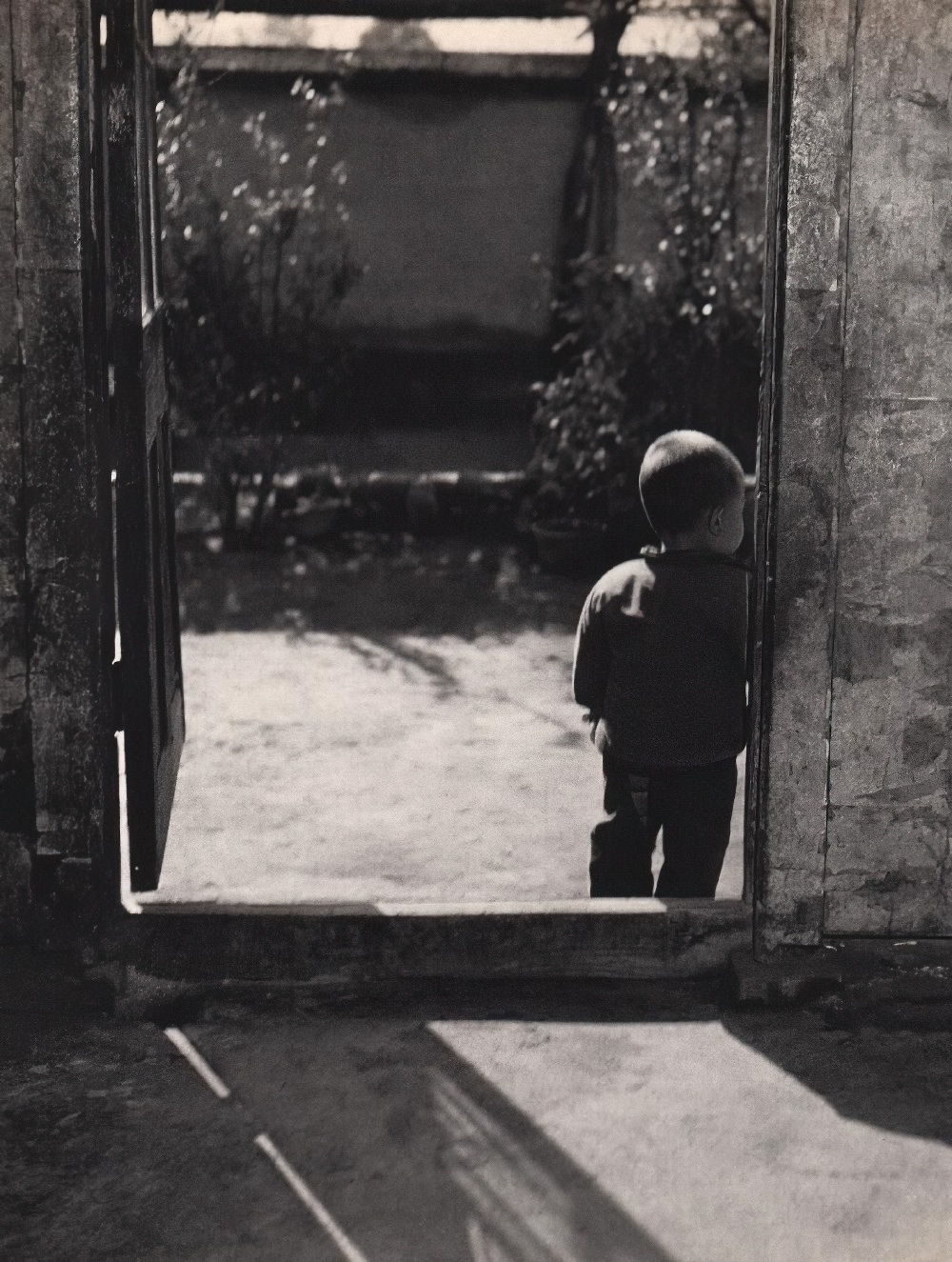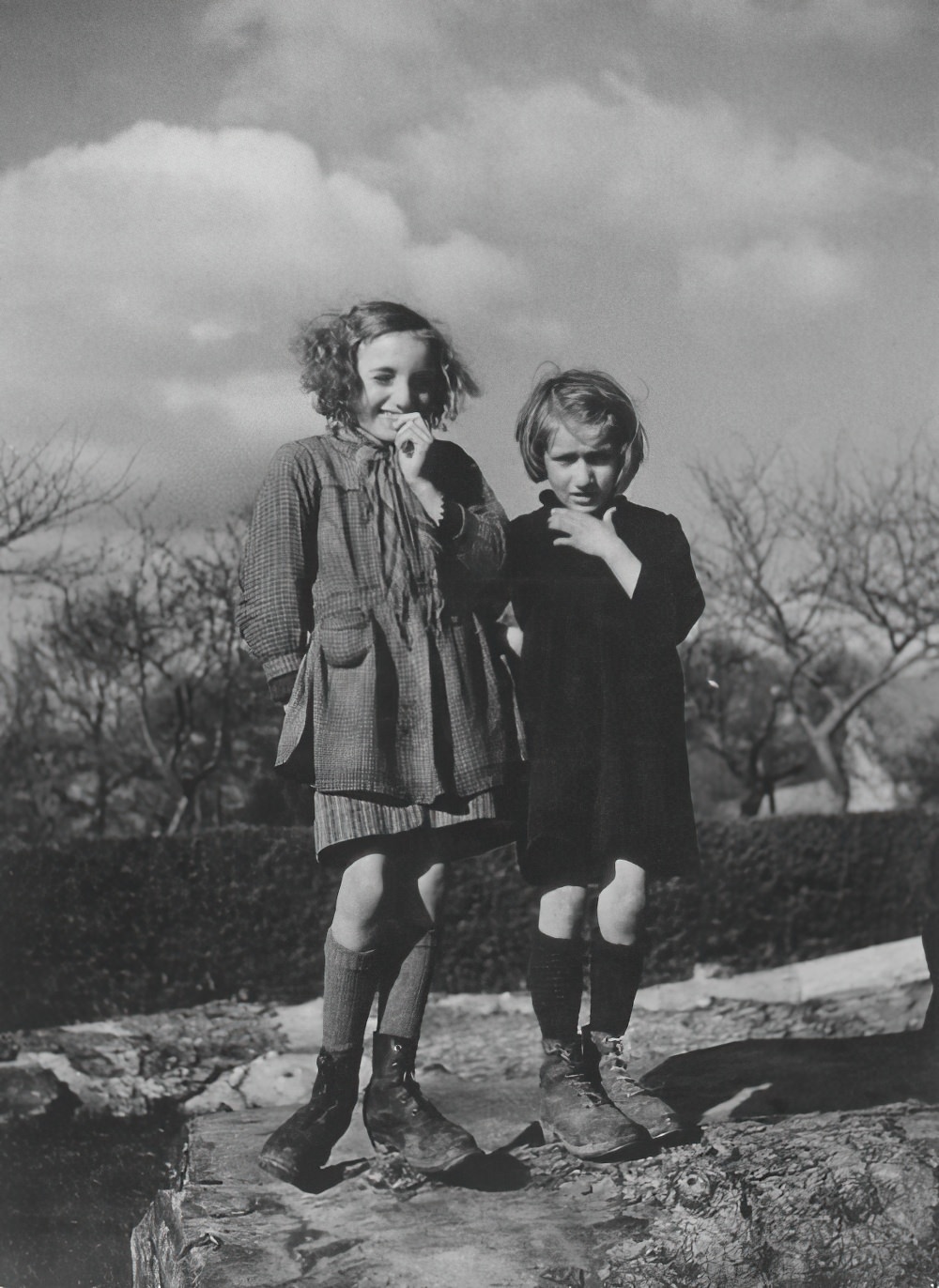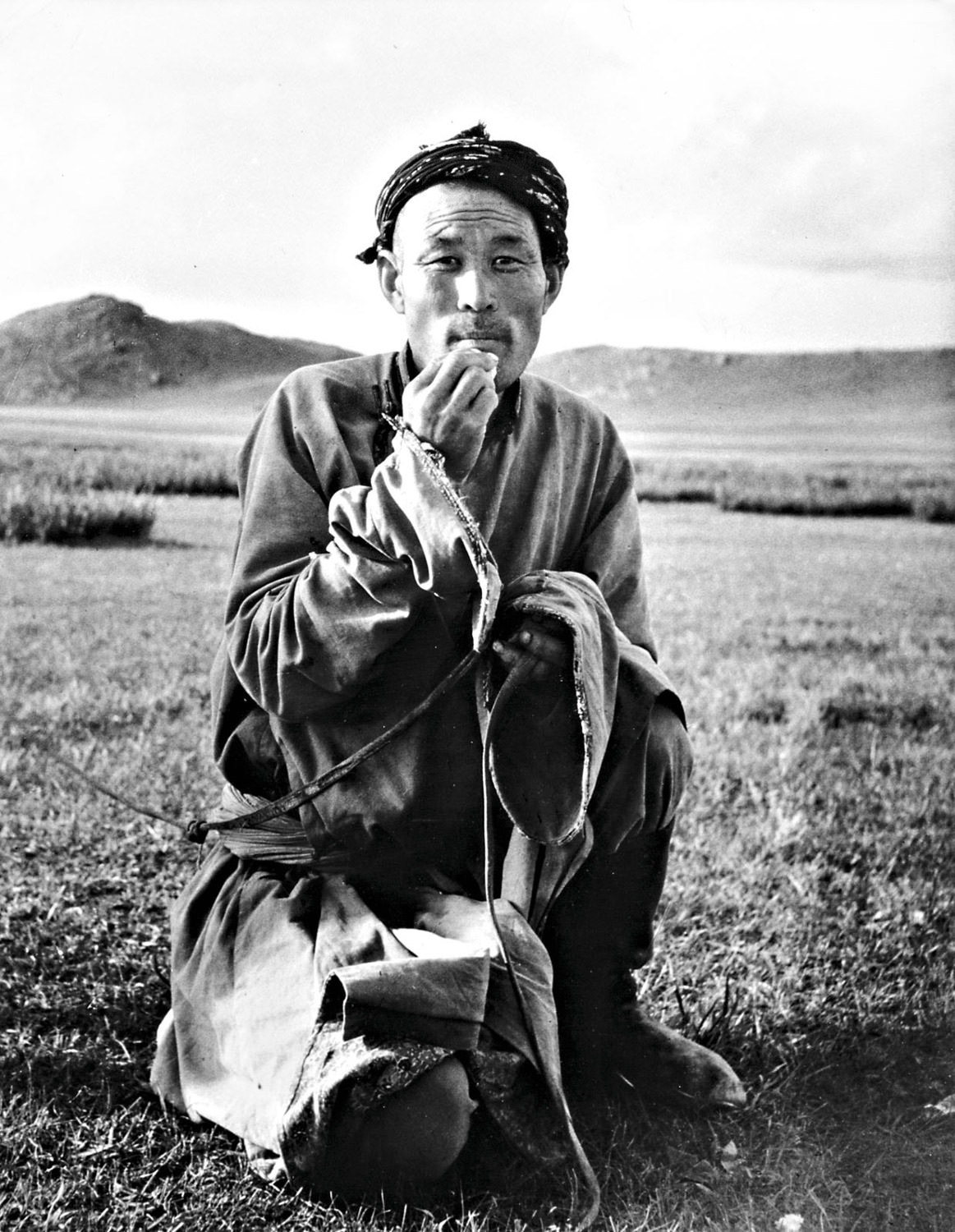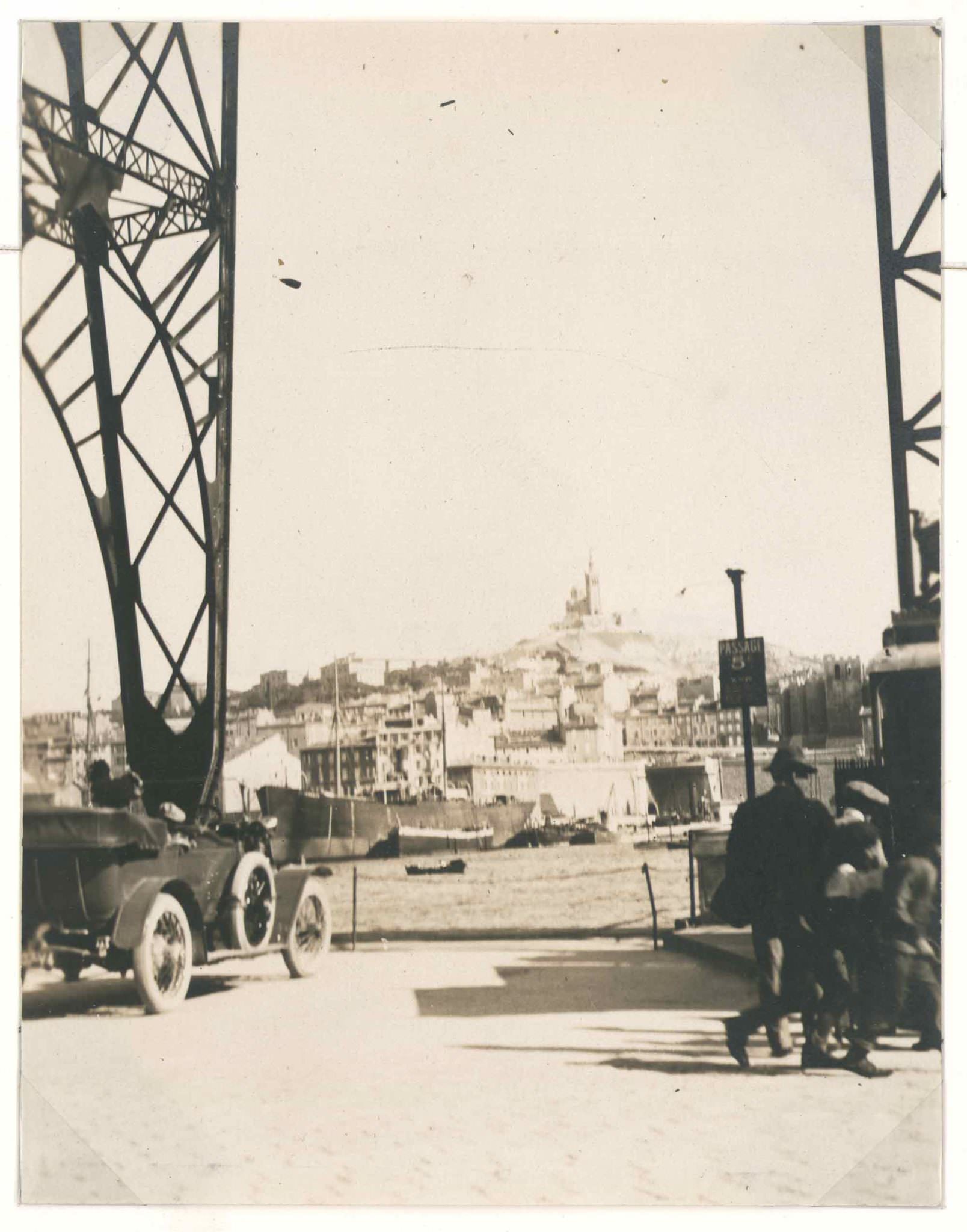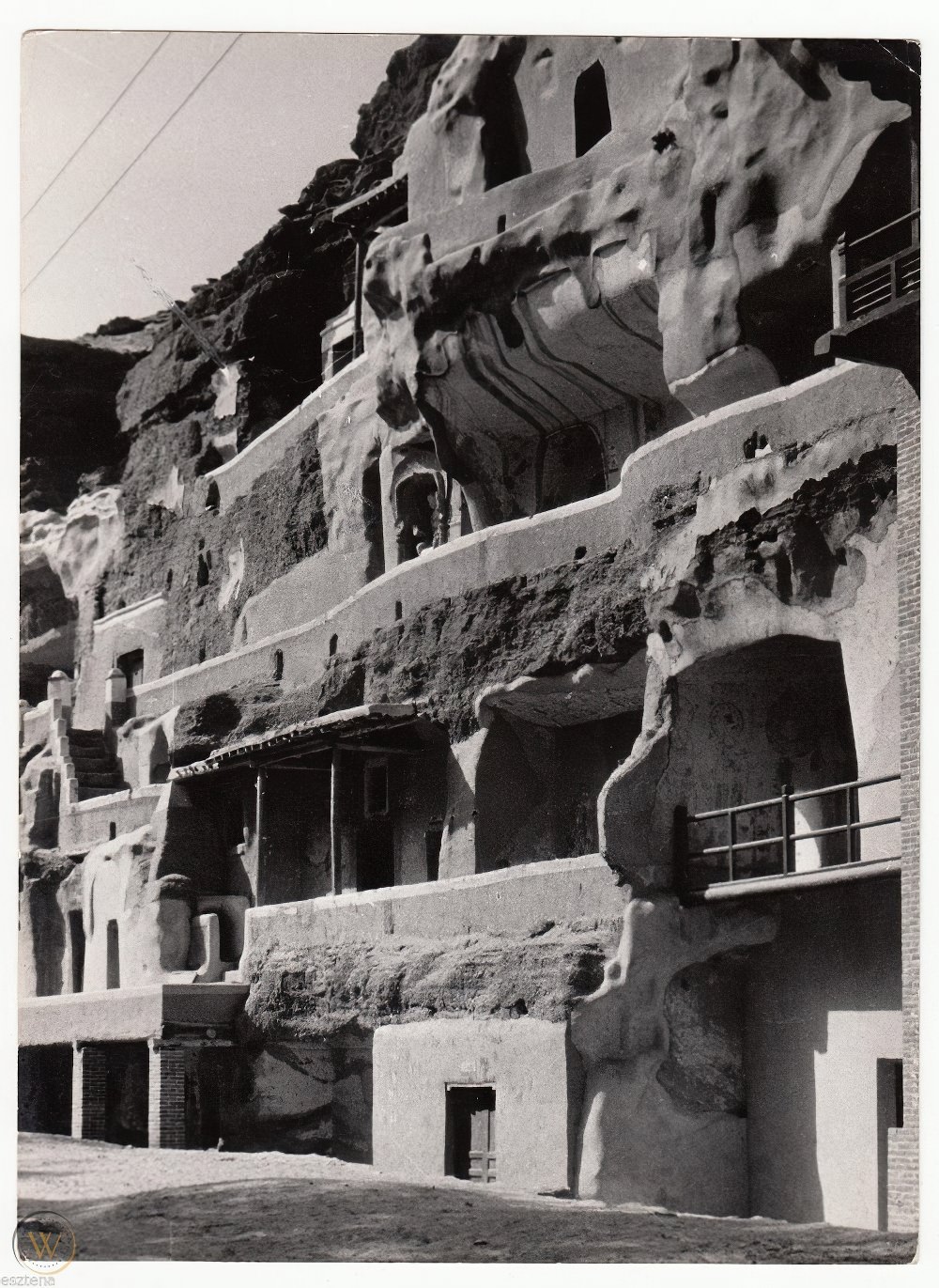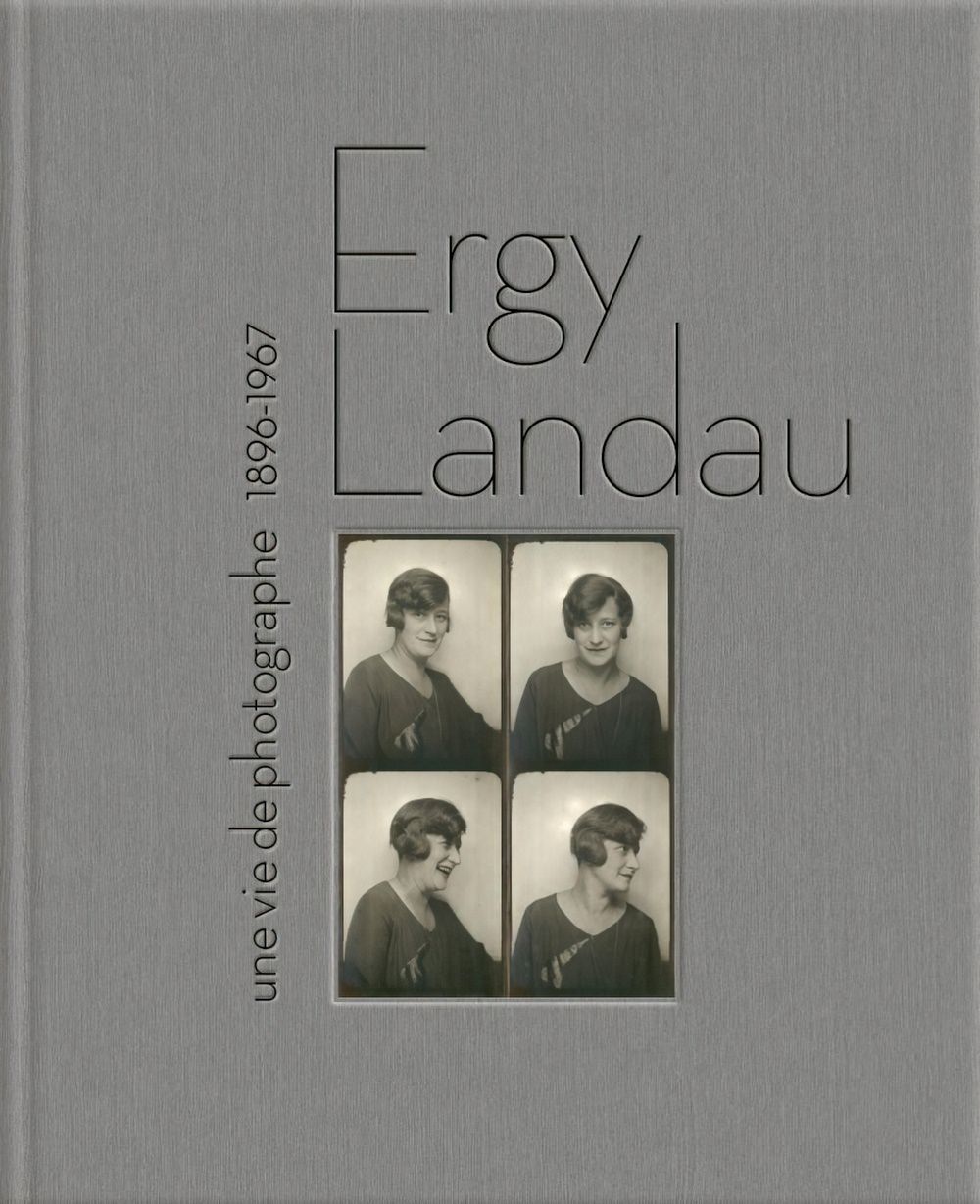Ergy Landau: 1896 – 1967
The Ergy Landau, 1896-1967 retrospective looks back for the very first time over the career of this Hungarian-born photographer, who settled in Paris at the beginning of the 1920s. By means of some one hundred original prints that have never been exhibited and her recently rediscovered personal archives, this exhibition follows in the footsteps of a photographer who is relatively unknown to the general public today. And yet, Ergy Landau was a leading figure in the middle of the 20th century, taking part in major photographic exhibitions for more than thirty years and working on numerous publications, from art books and educational volumes to popular magazines. Her most personal photos show an assurance, a precise sense of composition, an attention to detail and a facility for arranging the play of light and shadow. Who has heard of Ergy Landau? Undoubtedly very few people today will recognise the name, except perhaps for a limited circle of specialists, historians and people with a special interest in 20th century photography. Landau was however very active from the start of the 1920s to the end of the 1950s and played a far from insignificant role in the history of French photography. One of the many Hungarian immigrants who left their country after the First World War, she settled in Paris and began working as a professional photographer in a variety of fields. If she was able to open a studio in the 16th arrondissement on her arrival in the French capital, it was because she had learned photography early on and had already, despite her young age, been a member of artistic photography circles in Hungary for several years. In France, she stayed friends with her compatriots (Brassaï, Kertész, Moholy-Nagy etc) and played her part in introducing Nora Dumas and Ylla to the medium, both of whom started out as her assistants. She rapidly made her name for herself as a portraitist, specializing in children’s portraits, whereas her formal exploration of the photographic medium revealed certain similarities with the New Objectivity (Neue Sachlichkeit) movement. She also photographed numerous female nudes. Her images were published in various illustrated magazines and periodicals between the two wars. They bore witness to the emancipation of the body, an evolution that went hand in hand with changes in people’s lifestyles, in particular the advent of outdoor leisure activities and sports. In 1933, she joined press agency Rapho, which she would support when it reopened after the war. She continued traveling to foreign countries (Mongolia, China) and published both travel books and books for children up until her accident in 1965 that left her severely disabled. Ergy Landau passed away in 1967 without issue, in other words before the period in the 1970s when photographers were recognised as artists in their own right. Her name gradually sunk into oblivion. This exhibition and accompanying monograph are the result of innovative research, notably conducted for the first time in the E. Landau archives. These studies aim to develop public awareness of this photographer and her career, a career that was both unique and at the same time characteristic of the history of 20th century women photographers.
Together with the exhibition, the book Ergy Landau, une vie de photographe was published by le Bec en L’air with texts by Kathleen Grosset, Laurence Le Guen and David Martens.
Curators
Kathleen Grosset has acted as director of the Agence Rapho, a photographic agency reopened after World War II by her father, Raymond Grosset, with the help of Ergy Landau. Honorary president of the French Federation of Press Agencies, she is currently the president of the Conseil de Déontologie Journalistique et de Médiation (Council of Journalistic Ethics and Mediation), as well as the custodian of the Ergy Landau Collection.
Laurence Le Guen is the author of a thesis on photographic publications for children, exhibition curator and the president of the Friends of Ergy Landau Association. She is a research fellow at the Cellam Laboratory at the University of Rennes 2, member of Afreloce and a professor of Literature. between the two wars. They bore witness to the emancipation of the body, an evolution that went hand in hand with changes in people’s lifestyles, in particular the advent of outdoor leisure activities and sports. In 1933, she joined press agency Rapho, which she would support when it reopened after the war. She continued traveling to foreign countries (Mongolia, China) and published both travel books and books for children up until her accident in 1965 that left her severely disabled. Ergy Landau passed away in 1967 without issue, in other words before the period in the 1970s when photographers were recognised as artists in their own right. Her name gradually sunk into oblivion. This exhibition and accompanying monograph are the result of innovative research, notably conducted for the first time in the E. Landau archives. These studies aim to develop public awareness of this photographer and her career, a career that was both unique and at the same time characteristic of the history of 20th century women photographers.
David Martens is a professor of Modern and Contemporary French Literature at the University of Louvain (KU Leuven). He is interested in the relationships between literature and other mediums such as photography and art exhibitions. He founded and runs the website www. litteraturesmodesdemploi.org, dedicated to the exhibition of books and literature.
Ergy Landau, 1896 – 1967
From september 23rd 2022 to january 8th 2023
Maison de la Photographie Robert Doisneau- Gentilly – France

